Modelling 5G Networks
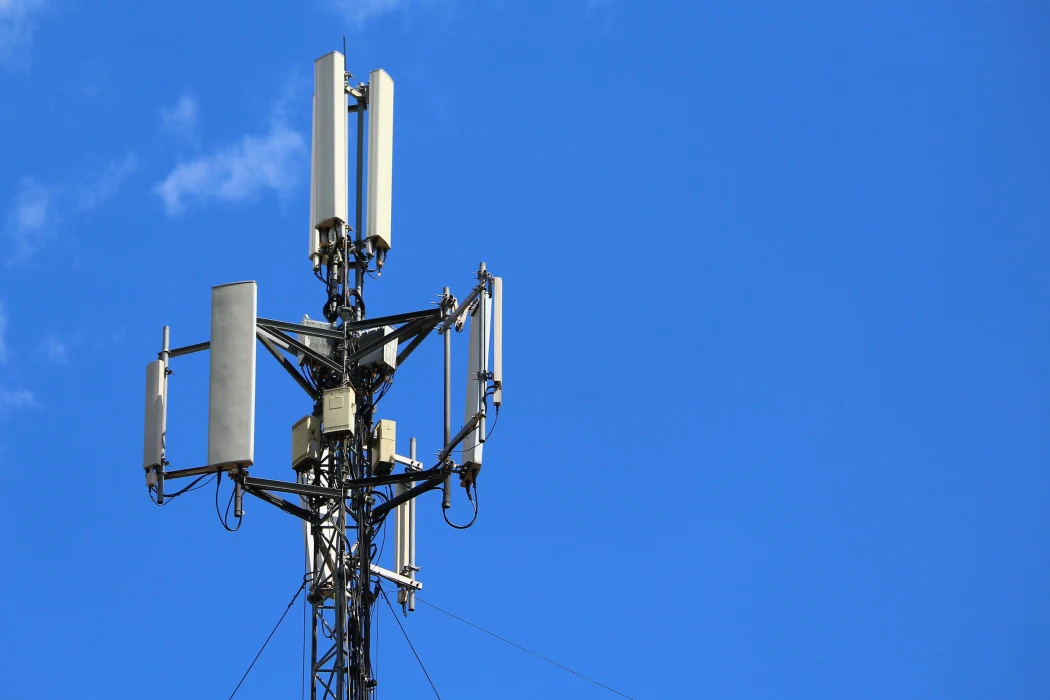
Being connected to the internet is second nature to us. But what happens if the network that connects us breaks down? To prevent such a catastrophe, we need to understand how the network behaves. Find out how we can model and simulate a 5G network!
What is neighborhood centrality and what is it good for?
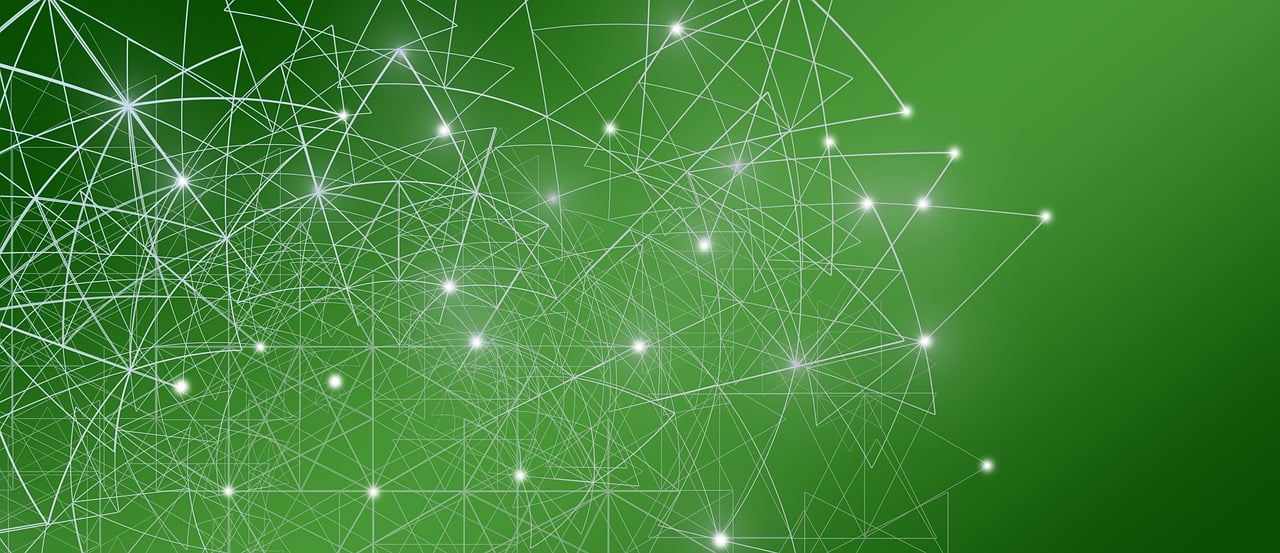
In the study of social networks, a key phenomena is the diffusion of information – how it travels from one individual to another across the network of people. An important question is how to identify the nodes with a high potential to spread information widely and deeper in the network.
Random Graphs and Complex Networks: Volume 2 has appeared!

In February 2024, the second Volume of the Random Graphs and Complex Networks book series has appeared. This volume is aimed more towards the research community, including PhD students and researchers, with a mathematical background.
Distributing work in a network of servers
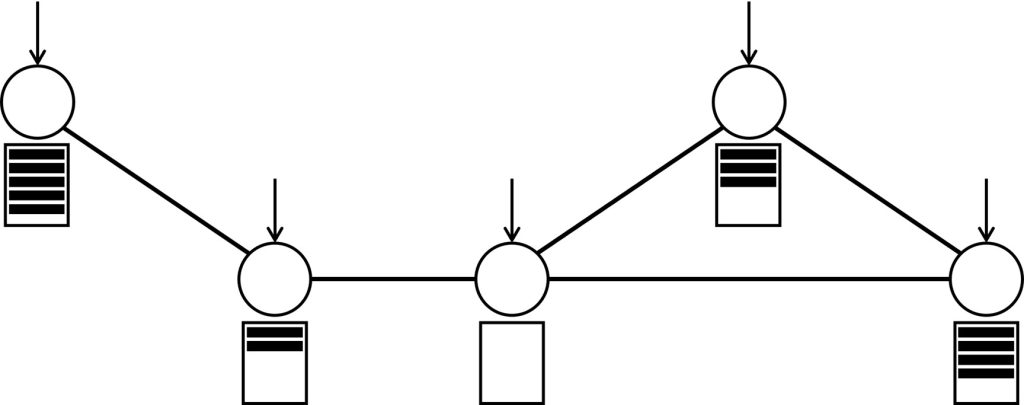
This article discusses a fun puzzle that illustrates a beautiful open problem in this area: queueing theorists are trying to figure out how the structure of a network impacts its ability to distribute work among the nodes.
Rescue mission!
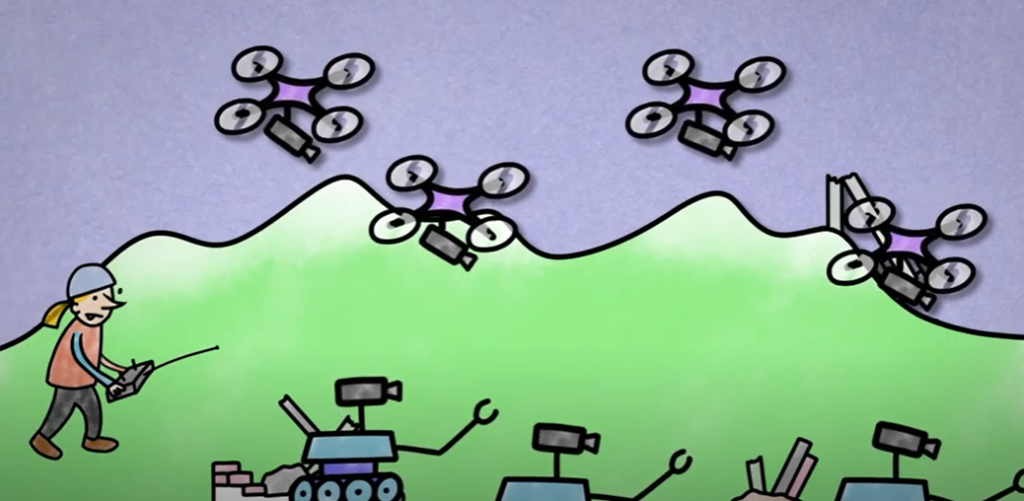
An ad hoc wireless network is a decentralized type of wireless network. See how these networks enable a self-regulating rescue!
Centrality measures: who is the most important in a network?
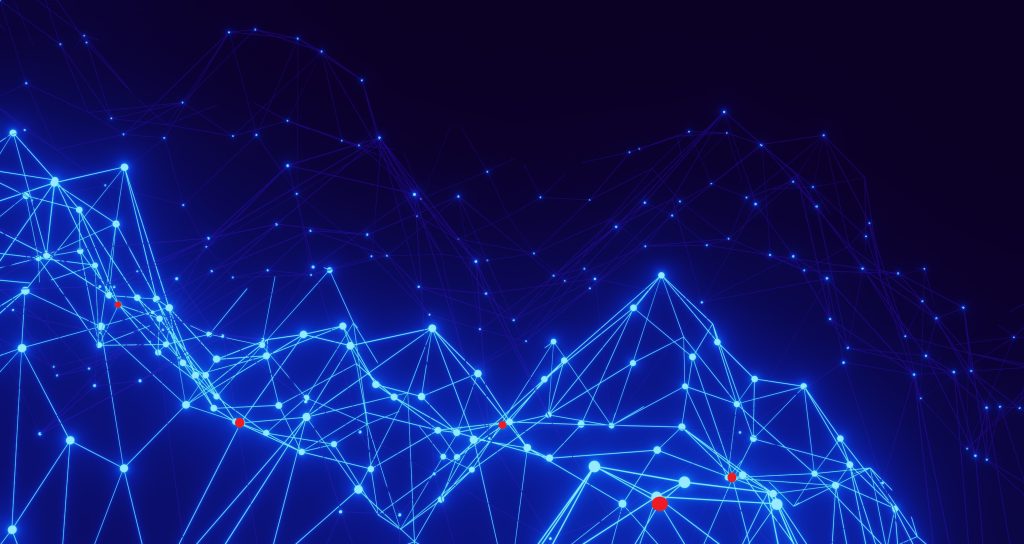
In this article, we discuss several ways to quantify the importance of nodes in a network. We will discuss how a simple game can help study this special property, and how it can help us in cases like reducing fake news.
Distributed consensus: What do money transactions and attacking armies have in common?

In February 2014, a big bank in the Netherlands suffered from an internet banking malfunction which led many costumers to accidentally perform duplicate bank transfers.
MO-together and not alone! How networks can help fundraising in the no-profit sector

Back in 2015, I joined the Movember health movement, a movement that you probably have heard of having something related to men growing a moustache. As a woman, you might imagine, I did not join for the moustache thing, but rather for the cause behind the moustache symbol, that is, raising awareness of prostate and testicular cancer.
From Tweets to Communication Networks
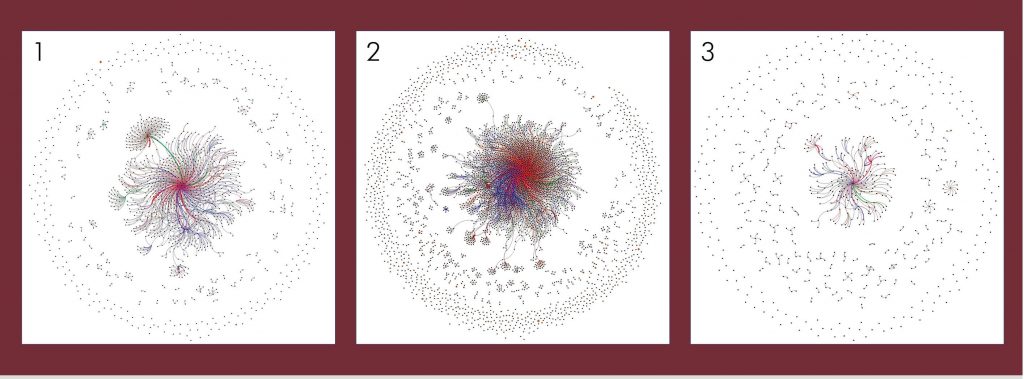
Network visualizations have the power to display how we communicate with each other in social media. We can simply depict message exchanges using communication networks. In such a network, nodes represent users, and there exists an edge between two nodes when the corresponding users exchange information (an email or a tweet).
Brain-inspired computers operating at the speed of light
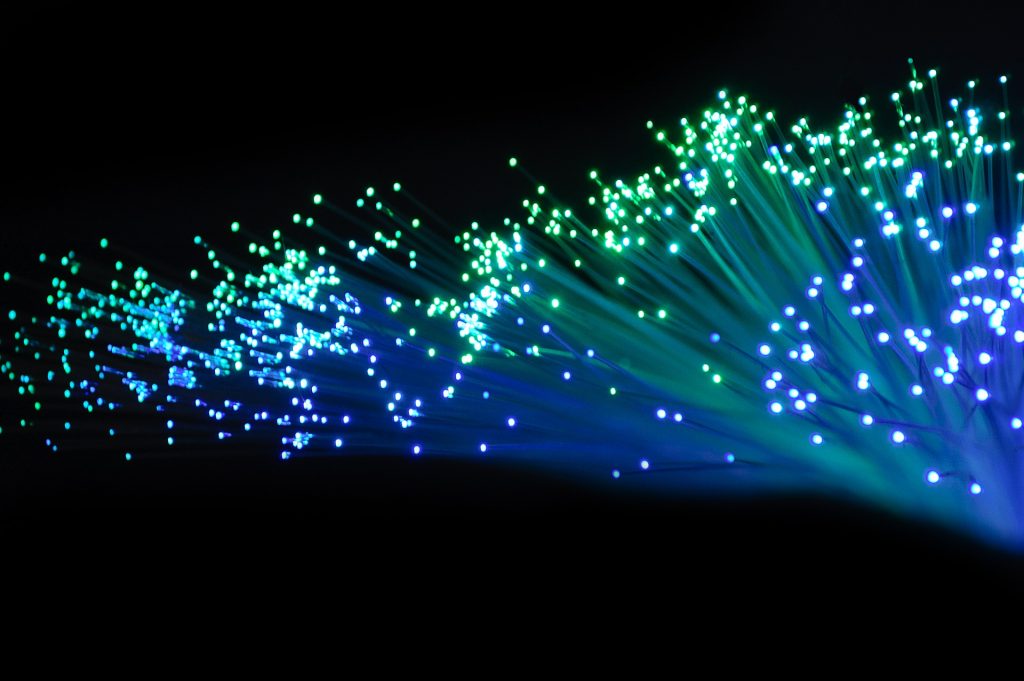
A car, a home, and a wristwatch, all of them seem to be “smart” today. This intelligence runs on computing, which lately made the headlines for being scarce to obtain.
